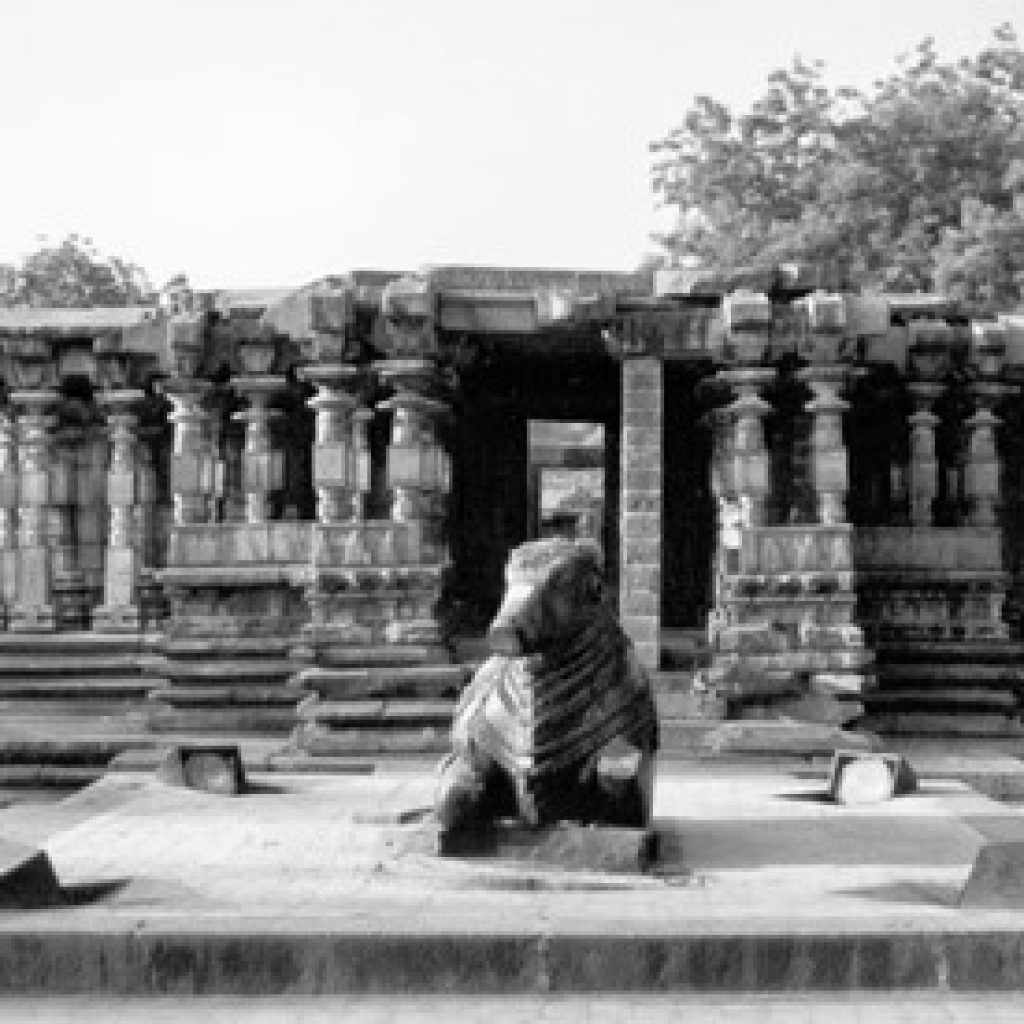Siddeshwara Alayam Temple
Siddeshwara Temple is located in Hanamkonda at a distance of about 4 Km from the city centre of Warangal and 142 Km from Hyderabad. The temple is also known as Paschimdwara Mukha Temple because of its entrance gate facing west. The temple is dedicated to Lord Shiva like many other temples of South India. This is one of the most ancient temples of the Telangana region and holds a significant place in the hearts of people not because of its religious importance but also for its architecture style. It is one of the most important temple for all the devotees of Lord Shiva and for all the people who have interest in architecture and ancient history.

History of Siddeshwara Temple
Public Garden
The two gardens, namely Public Garden and Kakatiya Musical Garden in Warangal Urban District offer recreational activities to the public. Mammoth rock, artificial waterfall and so forth are the features of these enchanting gardens.

Kakatiya Musical Garden

The garden is spread across an area of 15 acres (61,000 m2). The main attraction of the garden is a musical water fountain with the perfect synchronization of colorful lights.
Bhadrakali Temple
Bhadrakali Temple is one of the oldest temples for Goddess Bhadrakali, situated on a hilltop between the two cities of Hanamkonda and Warangal, Telangana, India.
The temple is believed to be built in 625 A.D by the King Pulakeshin II of Chalukya dynasty to commemorate his victory over Vengi region of Andhra Desham, as per the writings on the temple wall.
“The exceptional feature of the temple is the 2.7 x 2.7 m2 stone image of Goddess Bhadrakali with fierce looking eyes, and eight arms each carrying various weapons. Goddess Bhadrakali’s vahana – Lion is placed opposite to the sanctum sanctorum. The temple also has dhvajasthambam and a bali pitham.”

Padmakshi Temple
Padmakshi temple was constructed during Kakatiya reign on the top of the hill.
A 1117 CE inscription found at the temple records the construction of a Jain shrine named Kadalalaya-basadi, and a gift of land to this shrine.The site probably already had Jain presence by this time. Mailama, the wife of the Kakatiya minister Betana-pergada, commissioned the shrine. Medarasa of Ugravadi (Meda II), who held the office of Maha-mandaleshvara, donated the land. Betana was a minister of the Kakatiya chief Prola II, who was a Shaivite and a vassal of the Chalukyas of Kalyani. Ugravadi appears to be the name of a historical region comprising the present-day Mulugu and Narasampet talukas.

1000 Pillars Temple
The Thousand pillar temple was constructed during the Kakatiya dynasty which has its unique style of construction and architectural importance. The 1000 pillared temple consisting of three spacious halls with a fine portico supported by 300 pillars, and a star shaped mandapa resting on 200 pillars was built in 1162 A.D. in the Chalukyan style (by Kakatiya Rudradeva).
The Thousand Pillar Temple or Rudreswara Swamy Temple is a historical Hindu temple located in the town of Hanamakonda, Telangana State, India. It is dedicated to Lord Shiva, Vishnu and Surya. Thousand Pillar Temple, along with Warangal Fort, Kakatiya Kala Thoranam and Ramappa Temple are added to the tentative list of World Heritage sites recognised by UNESCO.
Many Hindu temples were developed under the patronage of Ganapati Deva, Rudrama Devi and Prataparudra who were of Kakatiya dynasty. The Thousand Pillar Temple was believed to be constructed during the period between 1175–1324 CE by order of the king, Rudra Deva. It stands out to be a masterpiece and achieved major heights in terms of architectural skills by the ancient Kakatiya Vishwakarma Sthapathis (Architect). The Executive officer of the subject temple is P.Venugopal Gr-II he has brought lot of changes in administration and development of temple


